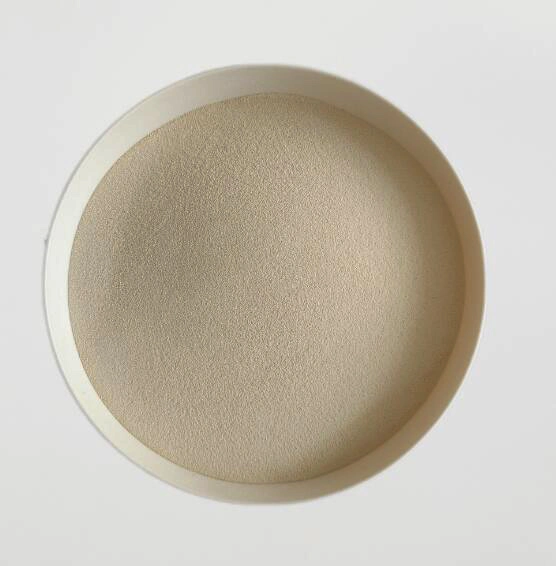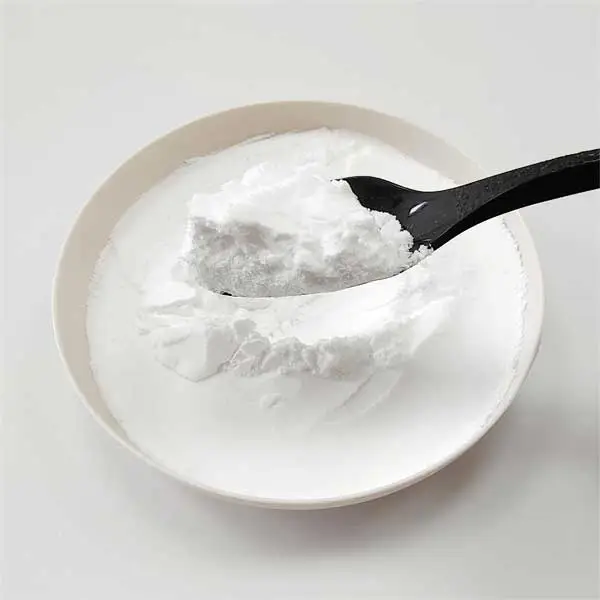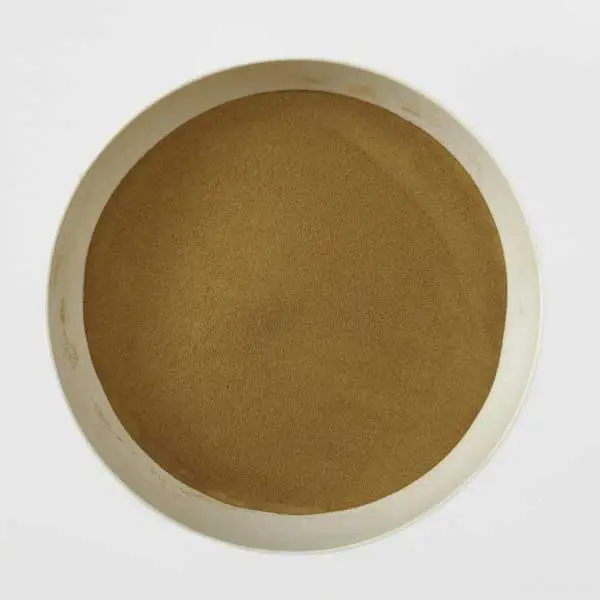Concrete has come a long way from the days of simple sand, cement, and water mixtures. Want to know the secret sauce behind modern high-performance concrete? It’s superplasticizers! These magical additives transform plain concrete into a super-strong, flowable, and durable material. But not all superplasticizers are created equal. Let’s dig into how Sulfonated Melamine Formaldehyde (SMF) stands out from its popular counterparts: Polycarboxylates (PCE) and Naphthalene-Based Superplasticizers (SNF).
What is Sulfonated Melamine Formaldehyde (SMF)?
SMF powder is a synthetic polymer made by sulfonating melamine and reacting it with formaldehyde. Sounds fancy, right? At its core, SMF is a powerful water reducer, capable of slashing water content in concrete mixes without compromising workability. It’s a favorite for applications requiring early strength and high durability.
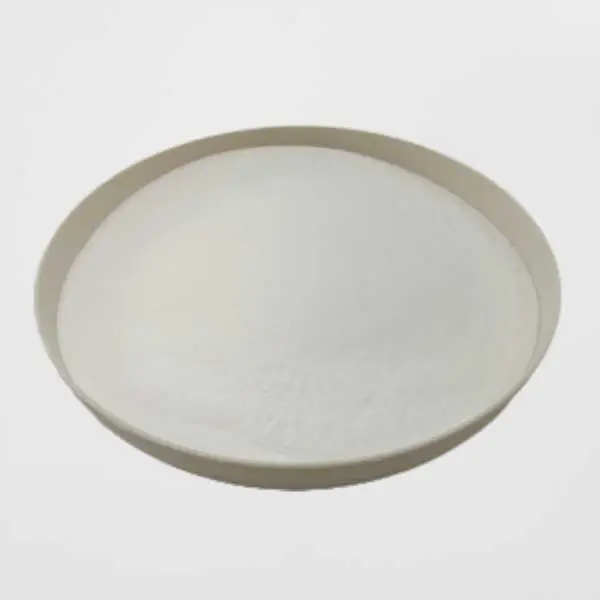
Overview of Polycarboxylate (PCE) Superplasticizers
Polycarboxylates (PCEs) are the rockstars of modern superplasticizers. Polycarboxylate superplasticizer powder uses a long-chain polymer structure that disperses cement particles more effectively than traditional additives. What does this mean for you? Better flowability and extended workability, perfect for large-scale or complex projects.
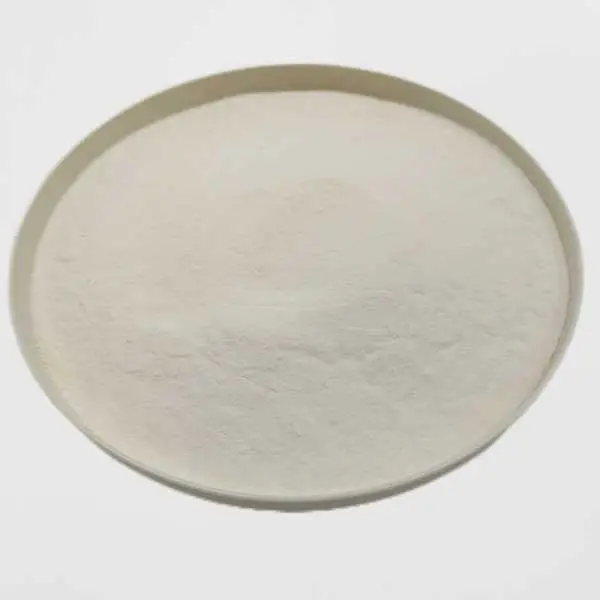
Understanding Naphthalene-Based Superplasticizers (SNF)
Naphthalene-based superplasticizers (SNF) are the old guard in the world of admixtures. Made by sulfonating naphthalene, these superplasticizers deliver reliable performance for high-strength concrete. Although slightly less advanced than PCEs, they still hold their ground, especially in cost-sensitive projects.
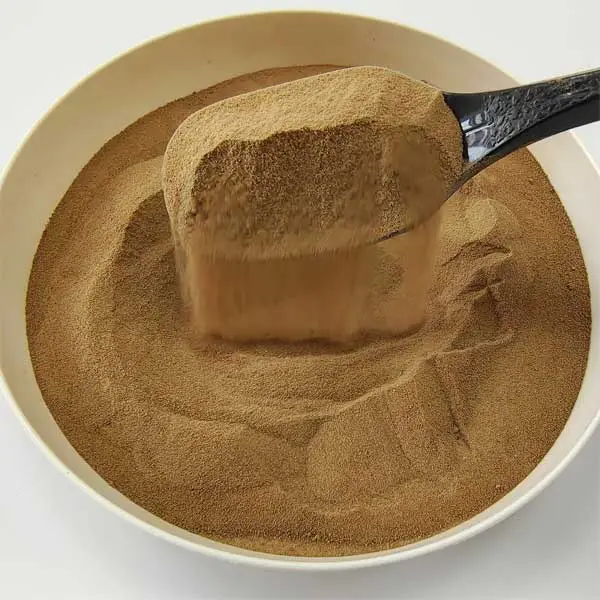
Key Differences Between SMF and Other Superplasticizers
Water Reduction Efficiency
SMF is a middle ground between PCEs and SNFs. While PCEs achieve higher water reduction, SMF performs better than SNFs in optimizing water-cement ratios.
Compatibility with Cement Types
SMF works well with most cement types but can be finicky with blends containing high fly ash or slag. In contrast, PCEs are more universally compatible.
Environmental Impact
SMF is less eco-friendly than PCEs due to the formaldehyde used in production. However, it’s still a better option than SNFs when considering overall resource efficiency.
Cost Considerations
If budget matters, SMF offers a cost-effective alternative to PCEs while still outperforming SNFs in many applications.
Performance Comparison: SMF vs. Polycarboxylates (PCEs)
Workability and Flow Retention
PCEs shine when it comes to maintaining workability over long periods. SMF, on the other hand, provides decent flowability but requires faster placement to avoid slump loss.
Strength Development in Concrete
SMF ensures rapid early strength development, making it ideal for precast concrete. PCEs are better suited for projects where long-term strength is the priority.
Performance Comparison: SMF vs. Naphthalene-Based Superplasticizers (SNF)
Early Strength vs. Long-Term Strength
SMF delivers stronger early compressive strength compared to SNF. However, both perform similarly in terms of long-term durability.
Suitability for High-Temperature Applications
SMF is less prone to performance degradation at high temperatures, giving it an edge over SNF in hot climates or industrial environments.
Advantages of Using SMF in Specific Applications
Precast Concrete
SMF’s quick strength development is perfect for precast components like beams and slabs.
High-Strength Concrete
With SMF, you can achieve higher compressive strength without excessive cement content.
Cost-Effective Solutions
SMF strikes a balance between performance and affordability, making it a practical choice for mid-range construction projects.
Challenges and Limitations of SMF Superplasticizers
Every hero has its kryptonite. For SMF, the challenges include:
Sensitivity to Dosage: Overdosing can cause rapid setting or segregation.
Limited Workability Retention: Compared to PCEs, SMF requires quicker placement.
Why Choose SMF Over Other Options?
When speed, strength, and cost are your priorities, SMF is the answer. It’s not perfect for every scenario, but for many projects, it’s a reliable and efficient choice.
Conclusion
SMF superplasticizers are a jack-of-all-trades, bridging the gap between traditional and modern admixture technologies. Whether you’re working on precast elements, high-strength concrete, or cost-conscious construction, SMF has a lot to offer.

 English
English 



